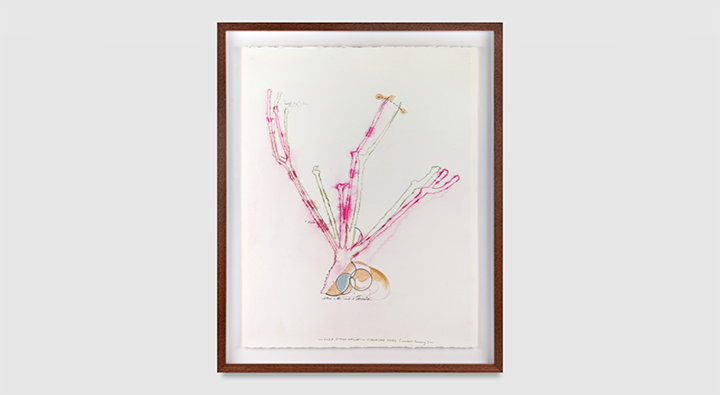As art galleries move their focus from physical spaces to the online world, Nature Morte looks at it as an opportunity to liberate them from the constructs of physicality
“In the year 2020, activities in physical spaces have been greatly curtailed, socialising made taboo, and human contact resoundingly virtual. This presented both challenges and opportunities for the world of art, where associating amid paintings and sculptures is one of the primary endeavours,” says Peter Nagy, director of Nature Morte.
Finding ways to survive these unprecedented times, the art world too had been investigating the virtual territory increasingly in the past decade, with gallery and museum websites, online exhibitions, PDF pitches, and Instagram initiatives becoming a norm and the way forward. According to Nagy, in this pandemic-induced lockdown, the world of art has pulled out all the guns in the attempt to keep the wheels in motion.
Like other galleries, Nature Morte too has participated in this virtual jamboree of the last few months, but it has also led them to posit the options available when it would not be linked to business and commerce. They invited artist and architect Martand Khosla to create a platform where he could collaborate with artists to create new types of spaces to display their artworks, untethered to reality, rationality, or rebuke.
Khosla in collaboration with Jitish Kallat has come up with their ongoing exhibition ‘Possible Worlds – Edition 1’. “I propose that the virtual space need not be a receptacle to a virtual built volume, but instead be a site for ‘thought’. A space where physical representations of buildings do not exist. Only thoughts of buildings exist,” says Martand Khosla.
Kallat has frequently marked the passage of time in his work with drawings that record natural elements, registering images from descending raindrops or reading wind-patterns with fire.
His most recent series of drawings titled Circadian Study (contact tracing) began as an accidental activity during a fortnight of self-isolation at his studio, after an overseas trip in March 2020. One of his daily routines was watering the plants on the studio terrace coupled with the practice of tracing contours of shadows from fallen twigs.
It was during the following weeks that this process began to gain complexity, detail and meaning. “These works are primarily about attention and observation. While drawing, there are moments when one is so absorbed in outlining the edge of the shadow that one misses the backscatter of the sun reflected from the paper. In bright sunshine you see utter darkness under the stem, catching a fleeting glimpse of night during day,” says Kallat.
A conversation between the two revealed interesting parallels between Kallat’s approach and Khosla’s own exploration of imagined and virtual spaces.
“The architectural sketch, or the thought of a building is as difficult to capture as the moving shadow, as it changes frequently on its way to becoming a definite volume – so the sketches try to capture the ephemeral on its way to becoming something that will exist,” says Khosla.
The exhibition can be viewed on Nature Morte’s official website
(Cover: Artist Jitish Kallat’s work from the Circadian Studies series)





